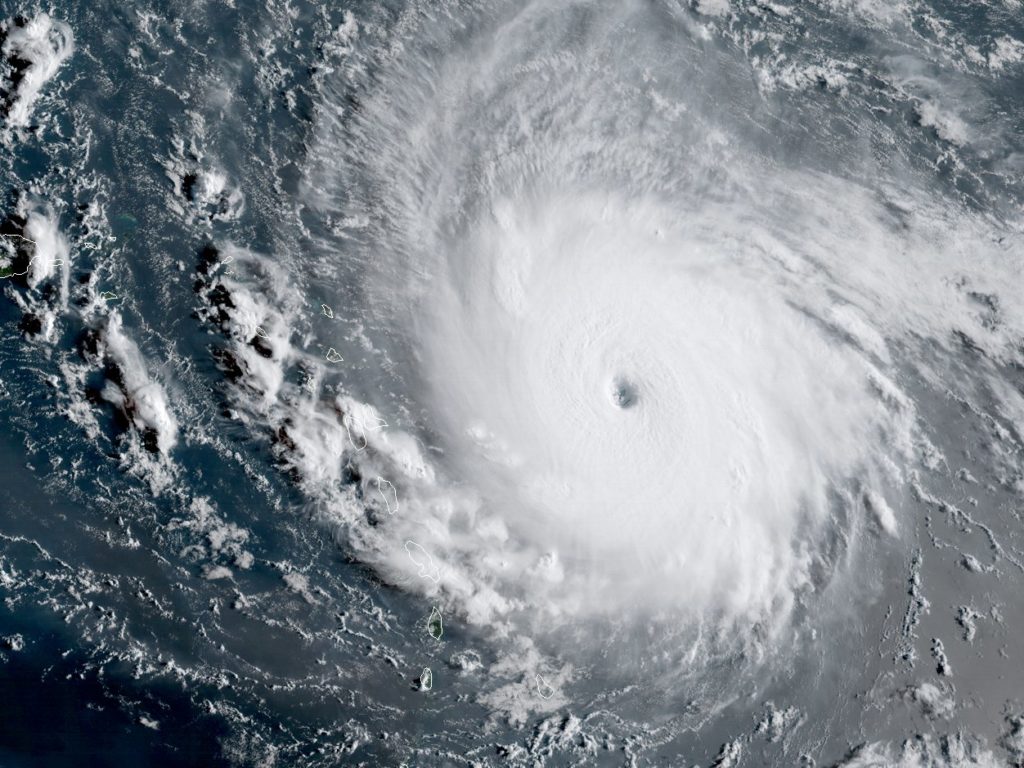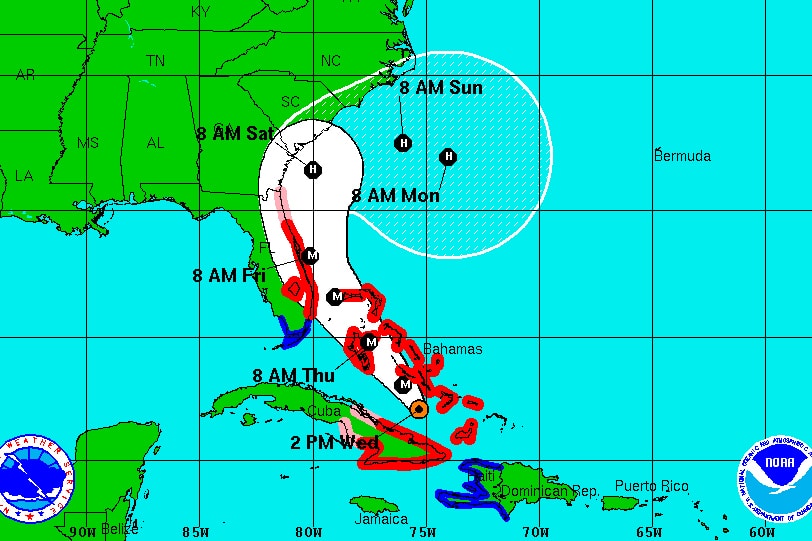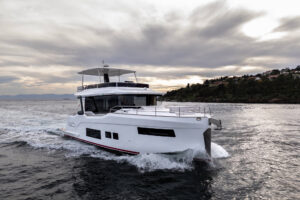
Hurricane Prep Recommendations from BoatUS
Storing a boat on land:
Strap boats to the ground.
Remove your boat from the water and strap it to the ground to prevent it from being blown over. This technique helps to secure the boat properly to the jack stands. Here are a variety of techniques for securing the boat.Find a dry-stack storage facility.
Your best bet for safe storage of your yacht is a dry-stack facility, according to BoatUS. That’s not all. It’s important to make sure the facility was built after 1992, when stronger materials were used to build the structure.
Storing a boat in the water:
If you have to keep the boat in water, secure it in a canal.
Storing your boat on land is best preparation for a hurricane, but sometimes time and space is limited. “There are never any guarantees in a hurricane, no matter where you leave your boat, but there are some obvious advantages to securing your boat in a narrow body of water,” BoatUS states. Find more tips about how to secure your boat on water during a hurricane here.AdvertisementProper mooring is key.
Ditch the mushroom or deadweight anchors and consider a helix anchor or Hazelett pennant. Also, consider polyester lines instead of nylon. Nylon is susceptible to friction more than polyester and can stretch up to 40% of it’s length, according to a study by MIT.Measure your marina.
It’s important to keep in mind the amount of water that can encroach land from a storm. The USCG states the following: A catergory one surge is 4′-5′; a category two surge is 6′-8′; a category three surge is 9′-12; a category four surge is 13′-18′; and a category five surge is more than 18′. It’s important you measure the expected movement of floating docks according to storm surge and to keep in mind that fixed docks put your boat at a great risk of damage. Find out more tips for securing your boat in a marina here.
Here are the top quick tips for hurricane prep from BoatUS.

Hurricane Prep Recommendations From the U.S. Coast Guard
Stay off the water.
The Coast Guard’s search and rescue capabilities degrade as storm conditions strengthen. This means help could be delayed. Boaters should heed weather watches, warnings and small craft advisories. Boaters should not place themselves in danger to get to a boat. Do not try to board a partially sunken boat. Seek salvage assistance from a professional. Storms move quickly and are unpredictable.Evacuate as necessary.
If mandatory evacuations are set for an area, the public should evacuate without delay. Coast Guard personnel and other emergency responders may not be able to evacuate or rescue those in danger during the storm.Secure belongings.
Owners of large boats are urged to move their vessels to inland marinas where they will be less vulnerable to breaking free of their moorings or to sustaining damage. Trailerable boats should be pulled from the water and stored in a place that is not prone to flooding. Those who are leaving their boats in the water are reminded to remove EPIRBs and to secure life rings, lifejackets and small boats. These items, if not properly secured, can break free and require valuable search and rescue resources be diverted to ensure people are not in distress. Contact local marinas to ask for advice about securing your vessel. Marina operators are knowledgeable and can advise you on the best methods for securing your boat.Advertisement

Stay clear of beaches.
Wave heights and currents typically increase before a storm makes landfall. Even the best swimmers can fall victim to the strong waves and rip currents caused by hurricanes. Swimmers should stay clear of beaches until local lifeguards and law enforcement officials say the water is safe.Be prepared.
Area residents should be prepared by developing a family plan, creating a disaster supply kit, having a place to go, securing their home and having a plan for pets. Information can be found at the National Hurricane Center’s webpage.Stay informed.
The public should monitor the progress and strength of the storm through local television, radio and Internet. Boaters can monitor its progress on VHF radio channel 16. Information can also be obtained on small craft advisories and warnings on VHF radio channel 16.AdvertisementTake action now.
The effects of a storm can be felt well in advance. Check with local authorities before entering any storm-damaged area.









